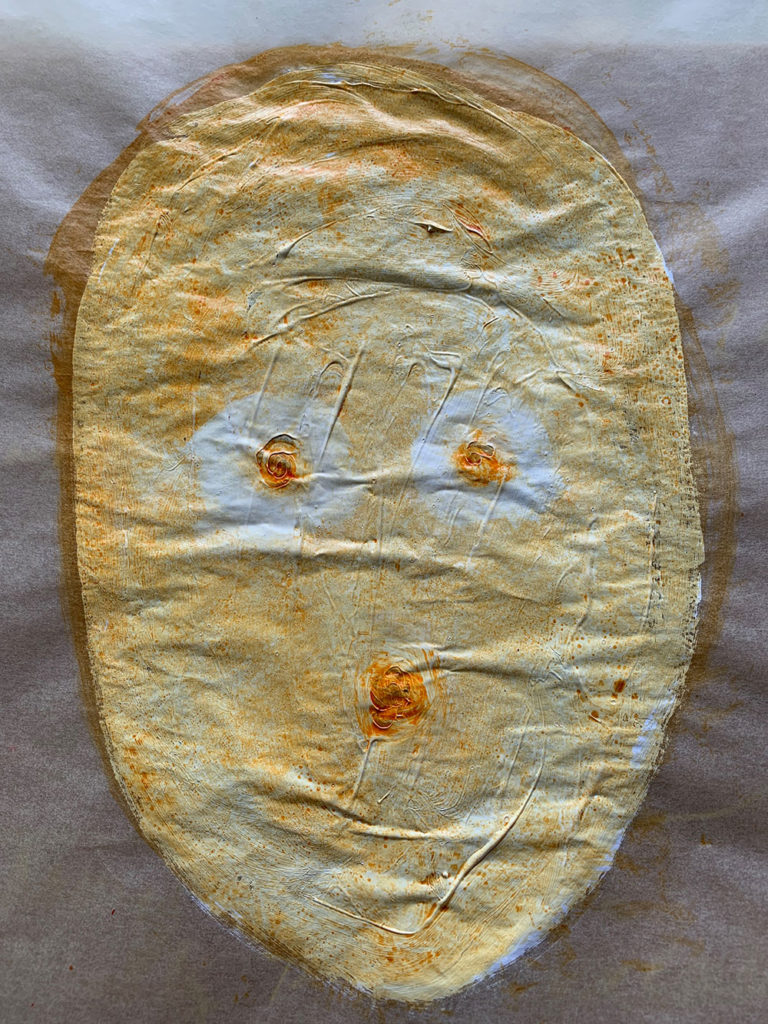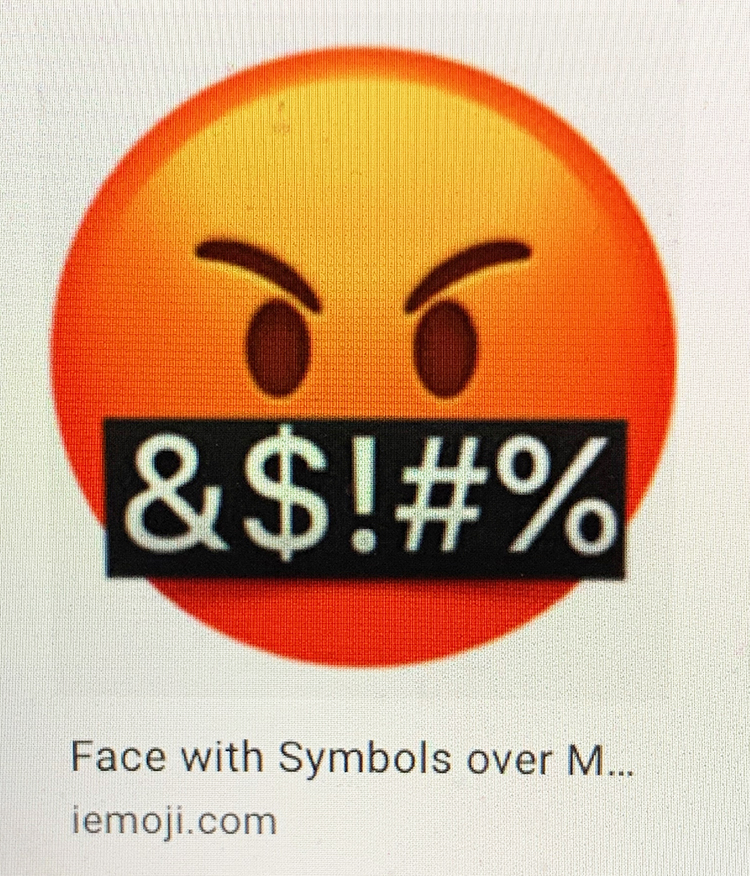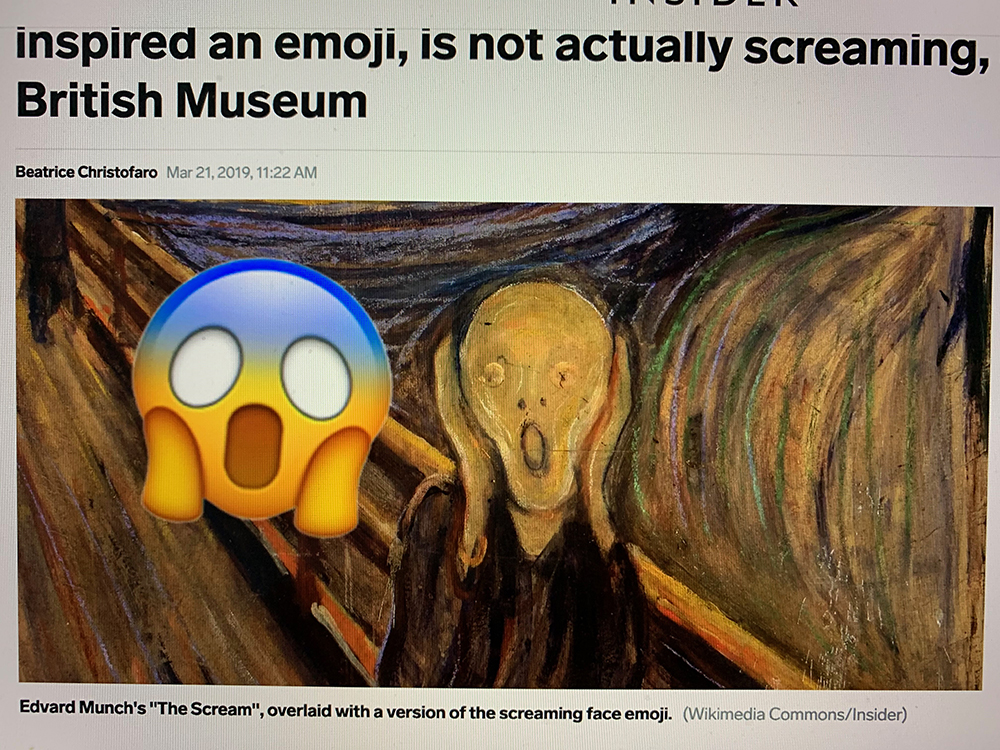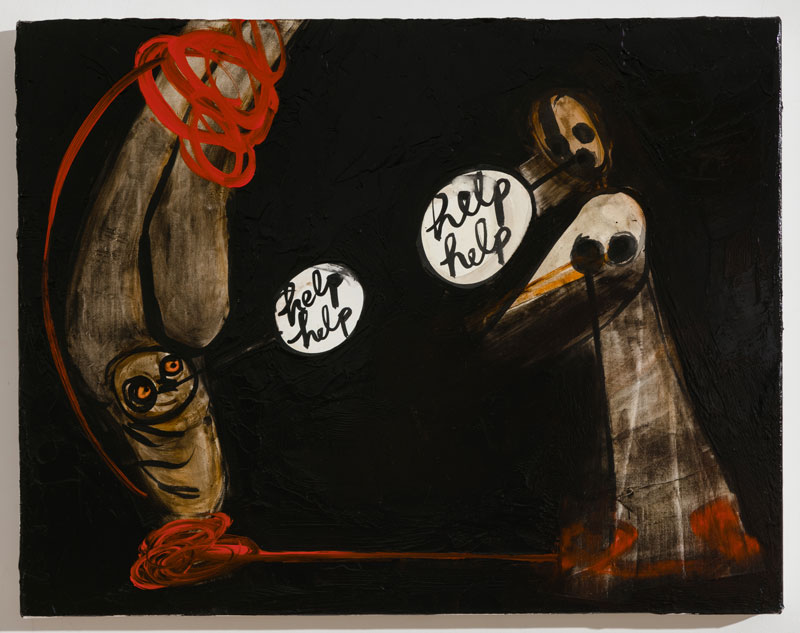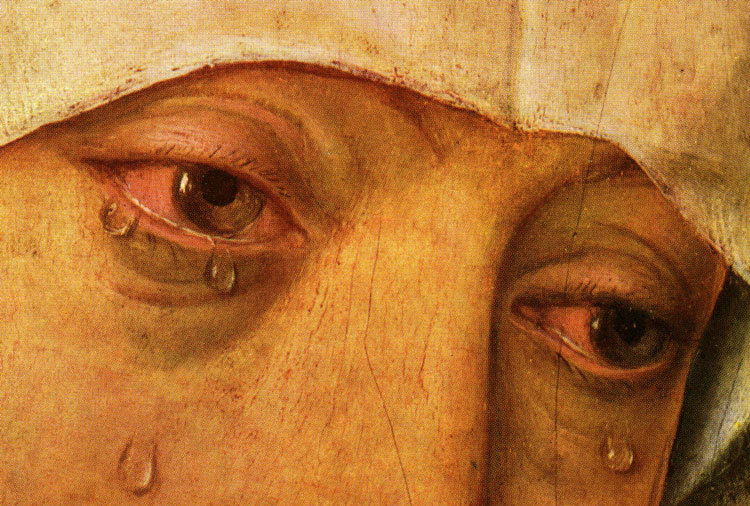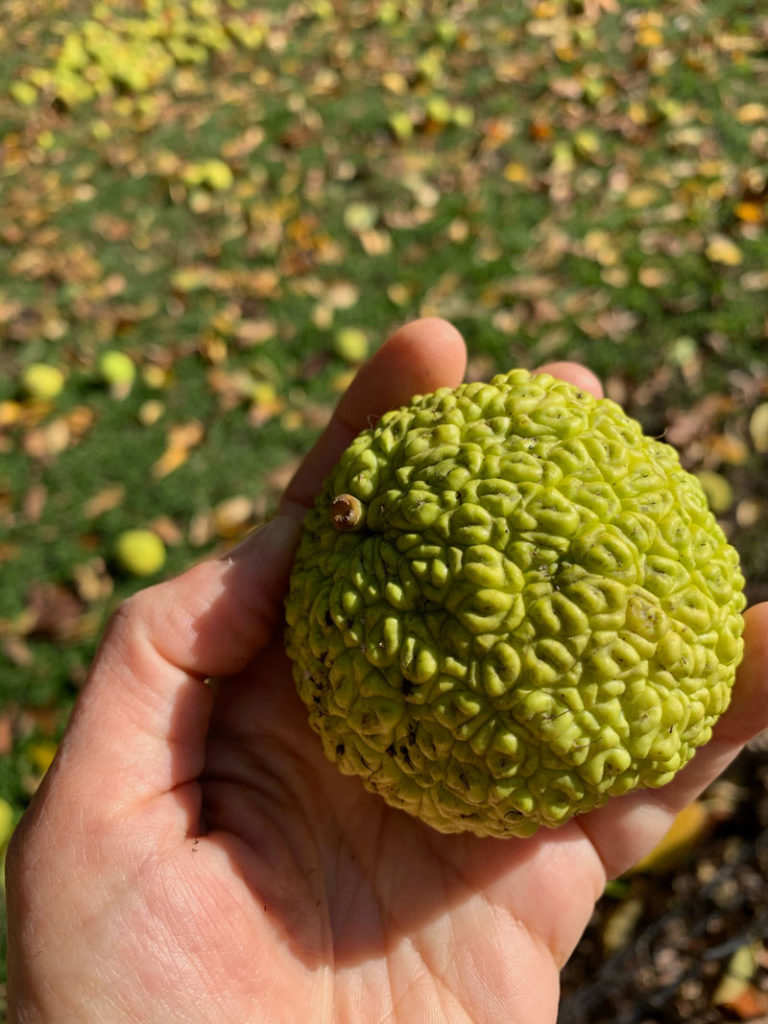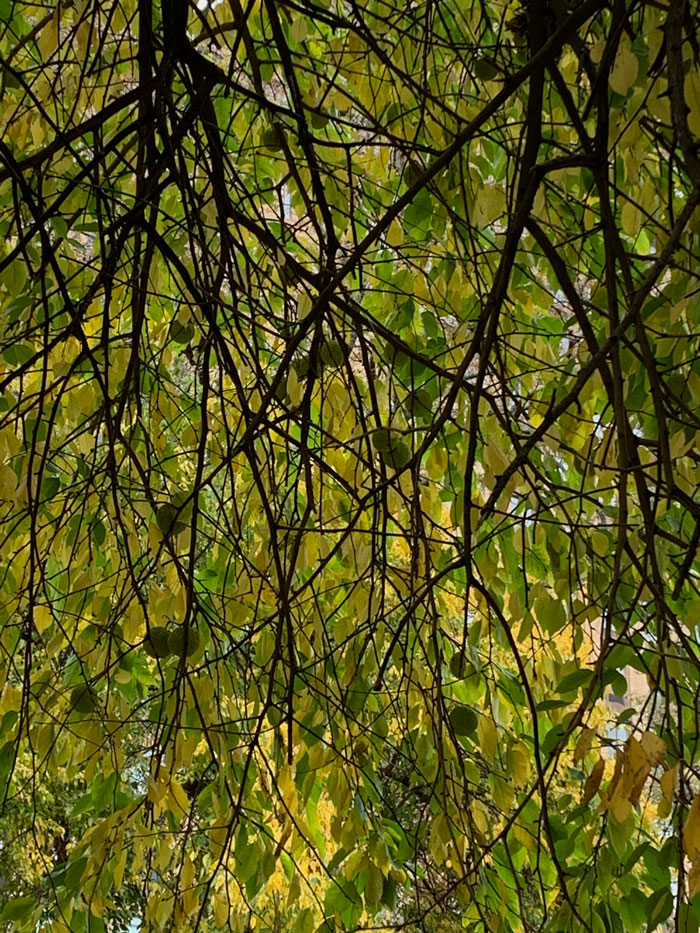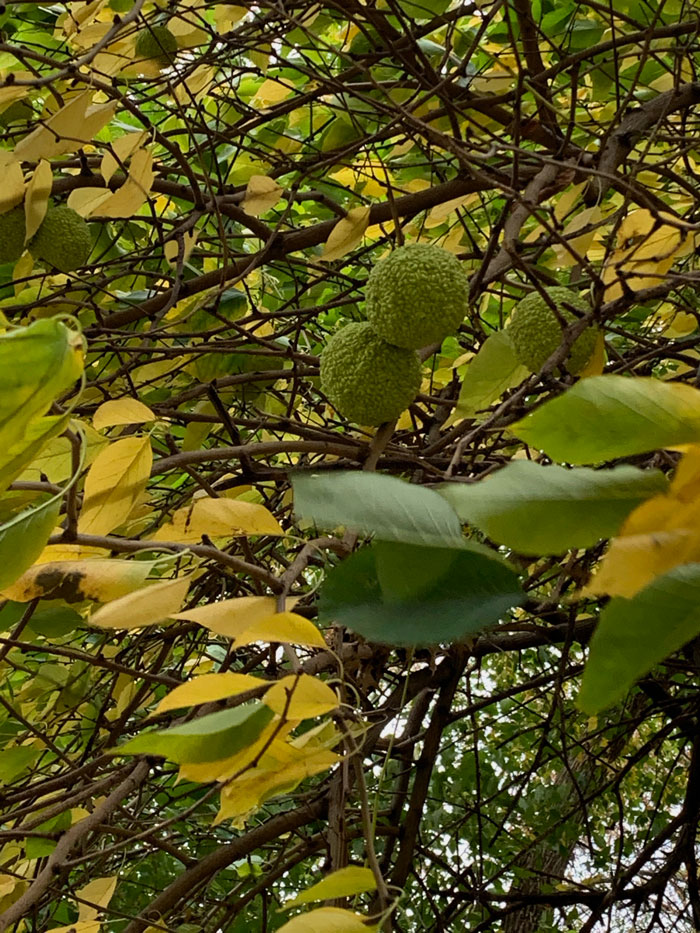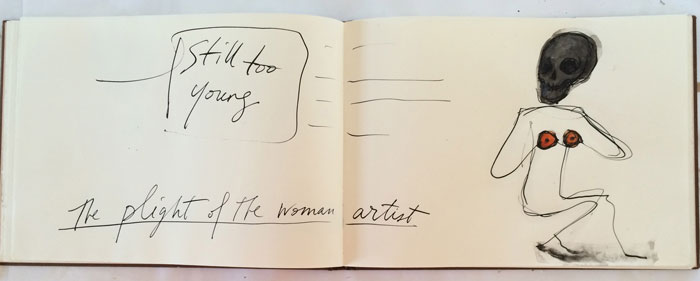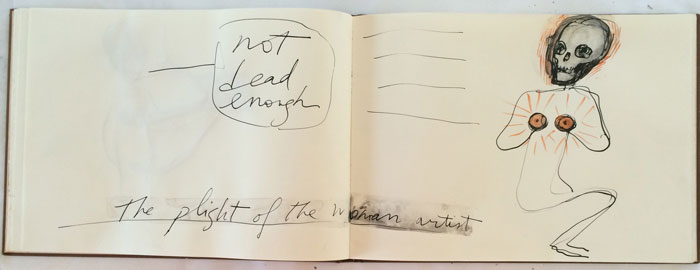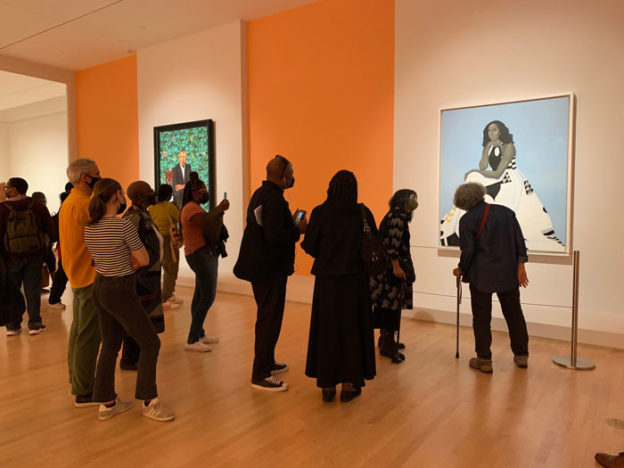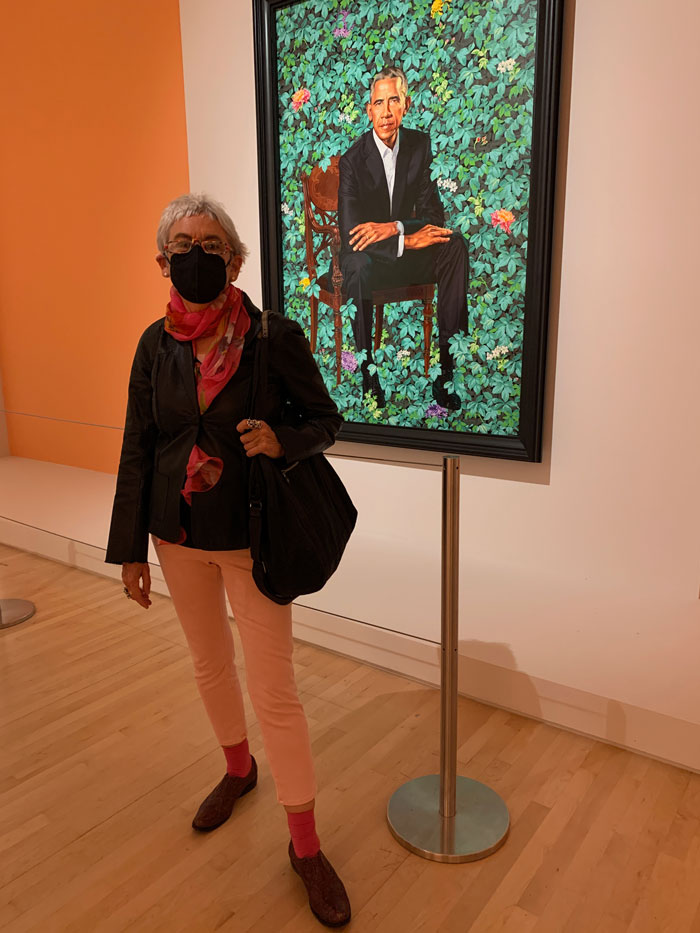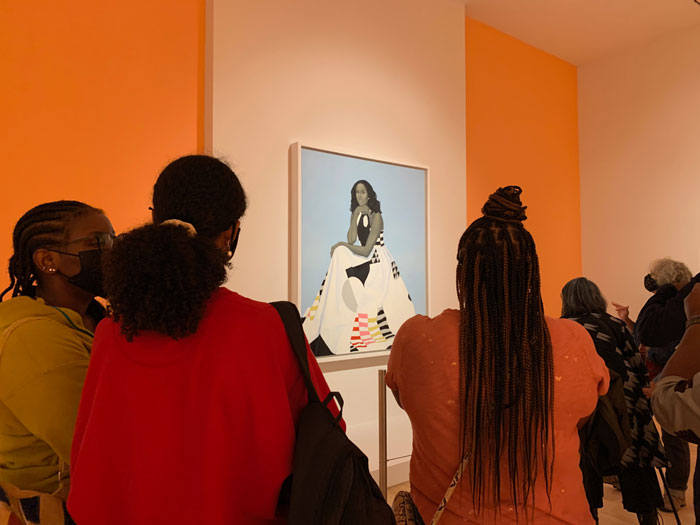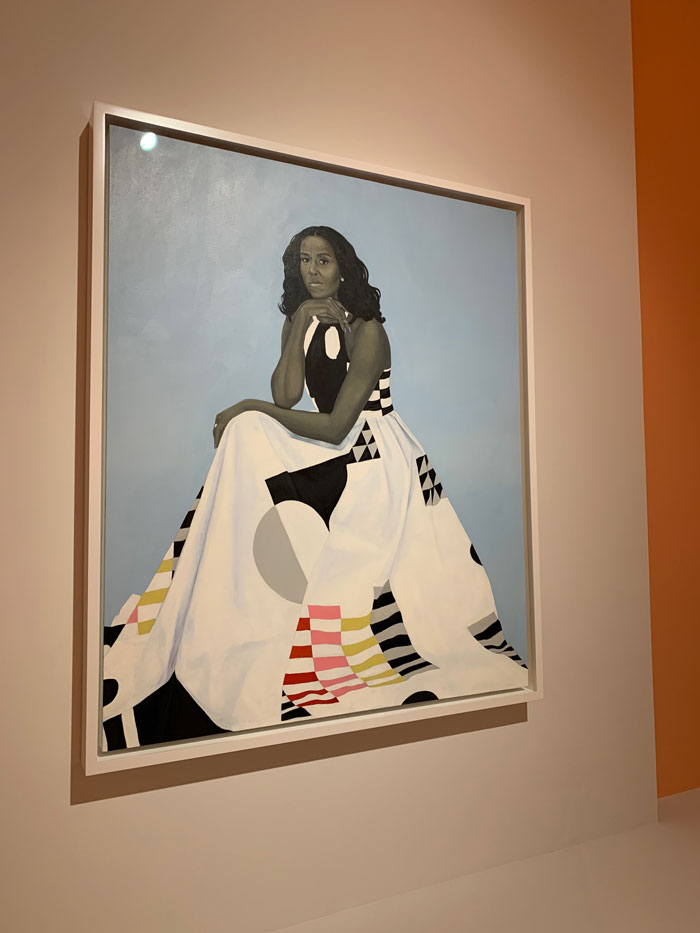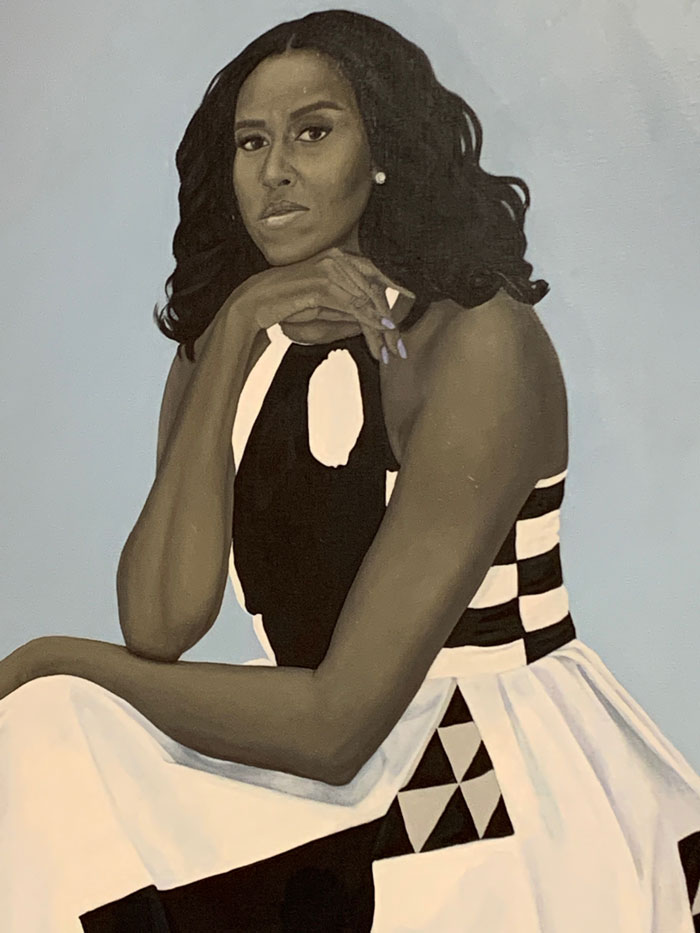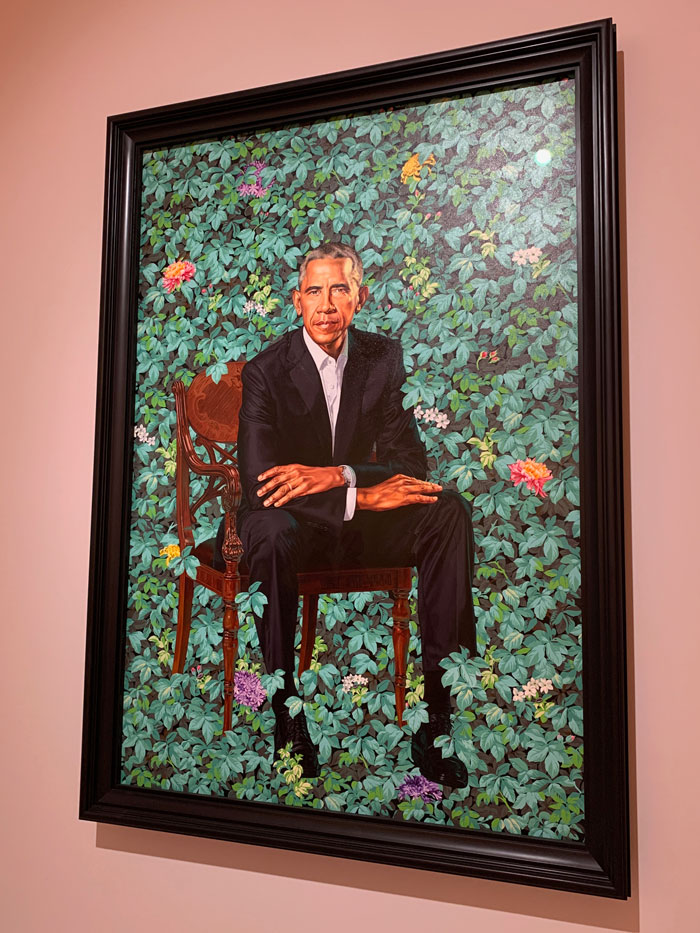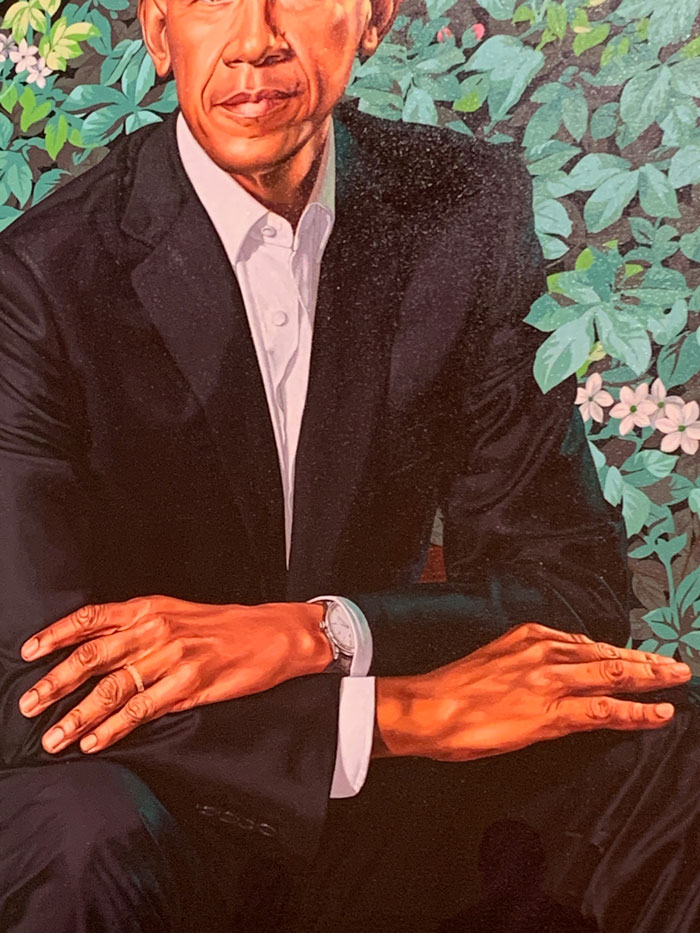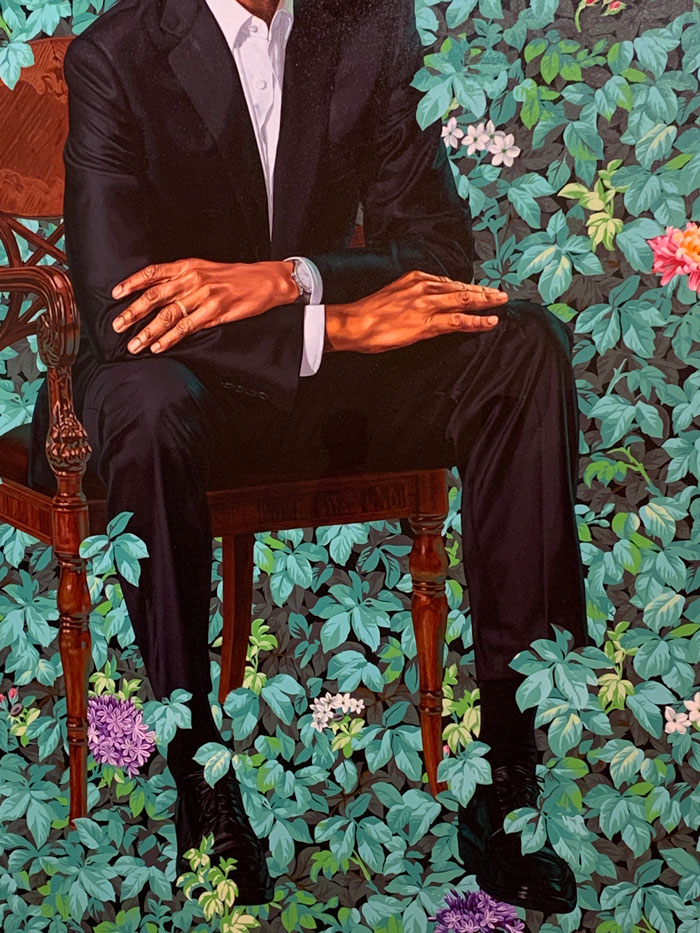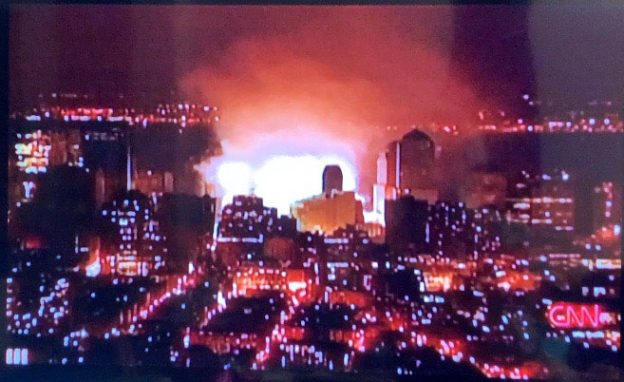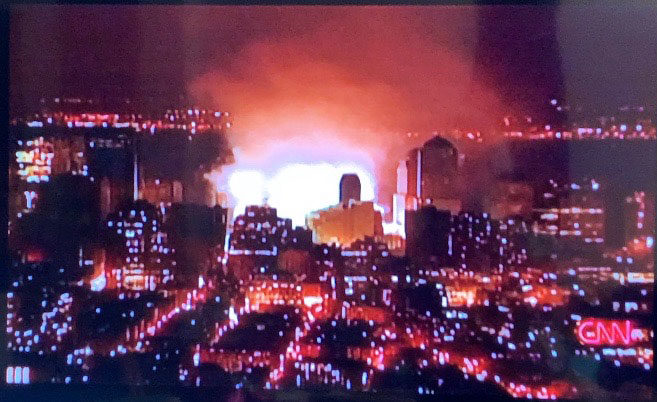I’d start this weekend with every major figure in the Democratic Party from the most veteran to the youngest and most radical ( Schumer to Crockett and all in between) locked in a room TOMORROW (SECRET TRAVEL PLANS MAYBE NO ZOOM) with every poll result they must have and hash out who has the best numbers, the cleanest background, is the best speaker, and the quickest wit and absolutely not leave a change of candidate to an open convention. Basically the modern day equivalent of the smoke filled room but more diverse people in it and no smoking.
Kamala Harris has always seemed not quite as strong as one would wish but many feel she deserves it and many would be furious if she were not chosen for some random white guy in a suit.
I’d write a speech for Biden that would emphasize why he ran in 2020, what his philosophy of governing has been–Democrats believe in government as established in the Constitution and founding documents–what his administration has accomplished, what good shape the economy is in relative to when he took office,and why, though he wants to continue, he recognizes he is feeling the effects of age. Then a strong endorsement of whoever is chosen and I think he should campaign in their support. These are all the things he has not had the ability to broadcast effectively, sad to say. He has not realized—and his team has not realized (they seem to have been asleep at the wheel)—that millions of Americans get their news from Fox News and other local networks often run by right wing Christian organizations. People accordingly may legitimately not know the economy is doing well, they may not know that it is a fact that Republicans always leave the economy in worse shape than before with Democrats picking up the pieces.
Then literally every Democrat of every age and stripe should get out there and hustle every day, economic statistics and ideals of the Democratic Party and the founders of this country well in hand . Everyone, from the fiery Rep. Jasmine Crockett and AOC to the entire Cabinet to every elderly Senator who can shuffle across a stage + every goddam movie star sitting on the sidelines. And Biden as well as said alternative new candidate should audibly criticize Netanyahu in particular because a chunk of the youth vote hangs on that issue seemingly more than on the future of the environment or the autonomy of women. Interestingly JD Vance is for Gaza against current Israeli policy — many so-called Dems & young voters are deeply concerned with Gaza and one can fear that they might be ready to allow a fascist regime by default rather than suck it up until after the election.
If it’s Harris she has to very subtly toughen her tone without being strident, women are always held to a higher category of behavior. She has to have a presence, a voice, or he has to have a presence, a voice. And no matter what I want to see every Democratic Party politician from state senator or mayor to governor to Representatives and Senators traveling to every state, two at a time, and no small meeting is too small to address, several stops a day, *NOW and every day* until Election Day.
And if Democratic donors who are manipulating the current situation don’t fork over tons of money they are de facto MAGA tools. Apparently one of the things trump is considering with the Supreme Court’s new Imperial powers is to privatize the Federal Reserve. I don’t understand much about economics but I think I know a disaster when I hear of one. Also nothing happens in a fascist regime, there is a brain drain OUT of the country. Creativity is discouraged by political loyalty tests. It will just be Project 2025 for decades because by the way the litmus test for a VP candidate like Vance was and is to promise to never allow for another fair election.
And God have mercy on American democracy which, for all its glaring inequities, still lights the way to a world increasingly falling prey to fascism and dictatorship. As a European at a Thanksgiving after the 2016 election said, “What will we do without American?”


